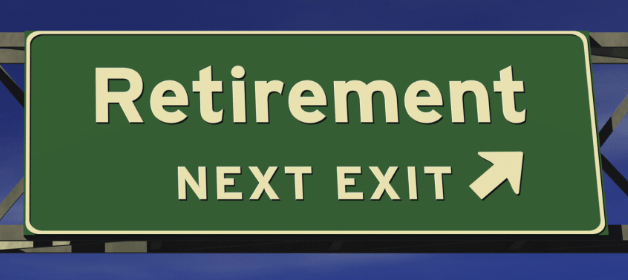The New Parent Checklist
Entering parenthood is no easy task. While this time in your life is full of excitement and anticipation for your newest addition, it can also be overwhelming and somewhat daunting. From preparing your nursery, reading parent books, and participating in parental programs to simply growing and making space for a new little human to join your family, life gets busy fast.
Your finances and financial needs are also going to be changing with the newest addition. Here are a few considerations to be mindful of as you embark on this journey.
Changes to Expenses
A household budget is a great place to start if you do not have one in place already. It not only helps keep track of where exactly your money is being spent, but also what your finances will look like once your baby arrives. Understanding your household cash flow will identify the best uses for those dollars for the family. It’s never too early to start a savings account for your little one. It is estimated that a child can cost an additional $10K-$15K annually to household expenses until they are 18. That isn’t cheap! Preparing your budget for adjustments and future planning can give peace of mind after the newest addition arrives.
Changes to Income
Discussing maternity/parental leave with your spouse or partner will help paint a picture of what the first year will look like. Are you eligible for paid leave? If either of you are self-employed, parental leave is not applicable, even if you are technically an employee but are working as part of a family business. Will just one of you take time off or will you split it? What will be your monthly take home as a household in these situations? Discussing and planning for income changes ahead of time will reduce stress and anxiety and provide a healthy focus on your family’s future.
Protecting your newly expanding family
Reviewing or implementing proper insurance plans such as life insurance, critical illness insurance and/or disability insurance is essential to a financial plan. Keep in mind it is not only yourself or your spouse that you are responsible for, but this special individual entering your life. Remember, personal insurance is based on health. If you are a female, it is especially important to be proactive in this area as pregnancy diagnoses such as high blood pressure and gestational diabetes play a big role in your insurability. It is also a good to review and be up to date with your health benefits. This will help alleviate any surprises in delivery and newborn care.
Preparing for the unexpected
Have a Will prepared: Getting your Will done prior to your child being born (when you have more free time) will save the challenge of doing this when you are adjusting to the changes of your growing family. You can have a Will prepared before you know the name of your child. We recommend clients keep the Will generic to include all children through birth or adoption which includes all future children without needing to change the Will.
Decide on an Executor: The Executor is responsible for making sure your wishes outlined in the Will are completed.
Discuss with and include a Guardian: A Guardian is the person(s) responsible for raising your kids if you and your spouse or partner pass away before they reach the age of majority (19 in BC).
Receive permission from the people you would like in these roles before you finish your Will. There is a lot to consider and conversations to be had with the different parties involved which can lead to families procrastinating getting their Wills done. Securing your children’s future in the unlikely circumstance that you are unable to raise them is better than the alternative of having nothing in place.
Saving for their future
RESPs are often top of mind for parents once they know they are expecting. While eighteen years will pass before you know it, RESPs are also the most fluid part of preparing your finances. The RESP industry is saturated with different plan options with pros and cons to each plan, some of which have punitive penalties if you change your mind and want to move your money out of the plan. Being proactive in saving for your child’s post secondary education allows you to maximize the twenty percent matching the government offers (within annual limits) and provides a great incentive for post-secondary saving. If your budget is tight, starting with $50/month could add up to almost $24,000 by age 18 assuming a 6% rate of return including the government grant. Having a conversation with your financial advisor before setting up a RESP will ensure you are picking the best plan for your budget and your family’s future.
A couple of last items
- Register your child’s birth.
- Apply for your child’s Social Insurance Number which is needed to open a RESP.
- Apply for the Canada Child Benefit. The Automated Benefits Application on the provincial birth registration form allows you to apply for the Canada Child Benefit, the GST/HST credit, and related provincial or territorial programs for your child. It is good to be aware of the different programs that are put in place to support new parents that expand across different situations such as aid with a disabled child.
Your family’s financial needs are forever going to be changing as your family journeys through different stages of childhood. Talking to your Connect Wealth financial advisor to build a plan that fits your unique life stage and financial circumstances will help you transition into parenthood with peace of mind and expectation for the future.
Connect Wealth is an independent financial planning firm that offers holistic advice to clients based on their current goals and future aspirations. We use well-established workflows and cutting-edge technology to maximize planning efficiencies while simplifying the process for clients. Learn how you can maximize your financial opportunities at www.connectwealth.com






